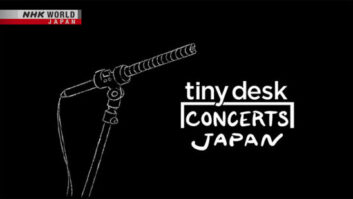AUSTIN � The Wi-Fi coexistence testing process being developed by theWi-Fi Alliance has been sharply criticized by Qualcomm and Verizon. In August, Verizon executives told the FCC that the current draft plan is not an �extraordinary compromise� as some in the cable industry suggested, but in fact, �fundamentally unfair and biased.� Qualcomm said the Wi-Fi Alliance testing process as proposed �lacks technical merit and is fundamentally biased against LTE-U,� according tofiercewireless.com.
The Wi-Fi Alliance has said it is confident that the test plan it delivers in September will meet the objectives that were set at the beginning of the effort.
AT&T has asked the FCC for permission to modify a license to facilitate testing of equipment made by Ericsson and Nokia that complies with the LTE-U andLTE-LAA specifications. �We are planning to install two Smallcell eNodeB base stations inside a building in Austin with mobile handset units being tested in and around that building,� the application stated. �The eNodeB base stations will be operating on the LTE band 4 (B4) as well as the UNII-1 and UNII-3 bands. The base station antennas could be directional but the testing would point the antennas in 0 to 360 degrees in horizontal plane and -5 to -10 degrees in vertical plane,� according to thesame article.
Assuming that permission is forthcoming, the experiment will report on how well LTE-U/LTE-LAA and Wi-Fi can co-exist under the test conditions, and will provide a measure of performance of the LTE-U/LTE-LAA system, according to AT&T.
AT&T owns a lot of Wi-Fi gear and has said they think LAA may be the better option over LTE-U. Verizon and T-Mobile US have been more vocal about wanting to use LTE-U equipment, which sparked controversy among the cable and Wi-Fi community in part because �it was not developed through the usual standards process.�
Wi-Fi enthusiasts have expressed concern all along that LTE-U and LTE-LAA will overpower Wi-Fi and make for a poorer quality of experience for Wi-Fi users.









